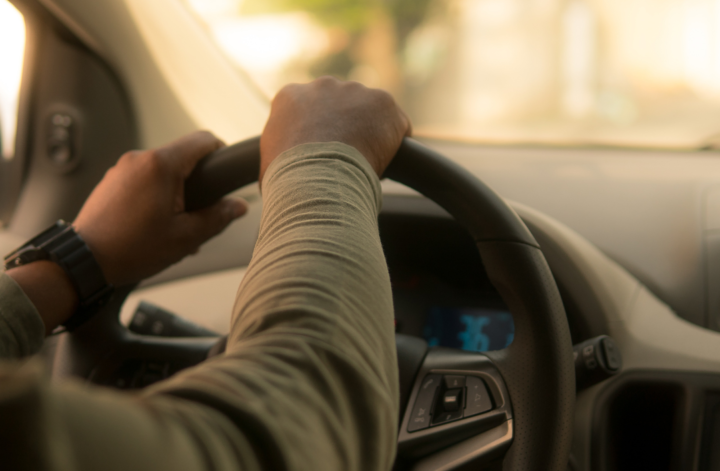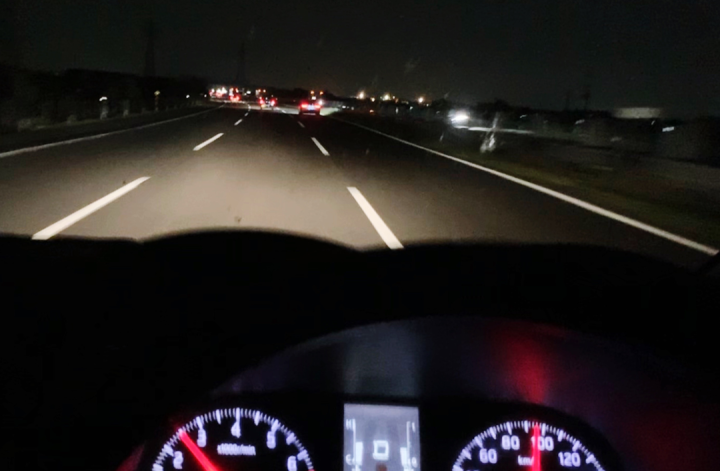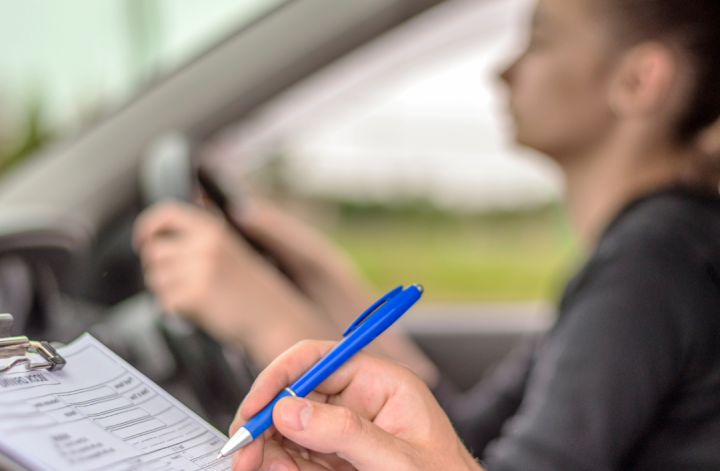For nature lovers seeking tranquility and breathtaking vistas, scenic drives offer an ideal way to explore the great outdoors. This article highlights some of the best scenic drives that not only showcase stunning landscapes but also allow travelers to immerse themselves in the beauty of nature. Each route is carefully selected for its unique features, from winding mountain roads to coastal highways.
Exploring these drives can lead to unforgettable experiences, whether it’s witnessing spectacular fall foliage or discovering hidden waterfalls. Drivers can enjoy the journey as much as the destination, taking their time to stop at viewpoints and appreciate the scenery.
With diverse routes across various regions, this guide caters to different preferences, ensuring every nature enthusiast finds something appealing. Whether it’s a leisurely afternoon drive or a longer adventure, these scenic routes promise memorable moments surrounded by nature’s splendor.
Celebrated Scenic Drives Across the United States
The United States offers a diverse array of scenic drives that highlight the country’s natural beauty. From the coastal vistas of California to the stunning landscapes of South Dakota, each route presents unique experiences and sights.
California’s Iconic Routes
California boasts some of the most famous scenic drives in the nation. The Pacific Coast Highway is a highlight, featuring breathtaking views of the coastline. Travellers can enjoy stops at Big Sur, Monterey, and various state parks along the route.
Other notable drives include the Redwood Highway, which offers a glimpse into towering forests and stunning coastal views. Highway 395 runs along the eastern Sierra Nevada and showcases dramatic mountain scenery. Both routes provide easy access to several hiking trails and landmarks for nature enthusiasts.
Missouri’s Hidden Gems
Missouri may not be the first state that comes to mind for scenic drives, but it features several remarkable routes. The Great River Road follows the Mississippi River and allows travellers to experience stunning bluffs and rich wildlife.
The Ozark Scenic Riverways showcases beautiful river landscapes, with winding roads tracing the waterways. Scenic overlooks and spots for fishing or kayaking abound. The Katy Trail, a part of the Missouri State Parks, offers a unique opportunity for cycling through picturesque scenery while viewing historical sites along the path.
South Dakota’s Natural Wonders
South Dakota is known for scenic drives that reveal its majestic landscapes. Needles Highway takes drivers through the heart of the Black Hills, featuring granite spires and stunning vistas. Highlights include Custer State Park and various hiking opportunities.
Another must-see route is the Badlands Loop Road, which traverses the dramatic formations of the Badlands National Park. The colorful rock strata provide a striking backdrop and excellent vantage points for wildlife viewing. Both drives offer ample picnic areas and breathtaking views, making them perfect for nature lovers.
Activities for Nature Enthusiasts Along the Way
Nature lovers can find a wealth of activities on scenic drives. These experiences include exploring hiking trails, biking along beautiful paths, and enjoying horseback riding excursions through picturesque landscapes. Each activity offers a unique way to immerse oneself in the natural surroundings.
Hiking and Walking Trails
Many scenic routes feature access to exceptional hiking and walking trails. National forests often provide a variety of options, from easy strolls to challenging hikes. For example, trails like the Appalachian Trail offer stunning vistas and diverse ecosystems.
Hikers can expect well-marked paths with opportunities to see wildlife, waterfalls, and unique rock formations. Additionally, local maps often highlight trails with varying difficulty levels, making it easier for everyone to find a suitable hike.
Taking breaks at scenic viewpoints enhances the experience. These spots allow hikers to rest and relish the beauty of the landscape. Remember to pack essentials like water and snacks, ensuring a fulfilling day spent in nature.
Biking Adventures
Biking along scenic drives can be an exhilarating way to explore the outdoors. Many regions feature dedicated bike paths, allowing cyclists to glide through forests, meadows, and along rivers.
Popular routes include areas within national and state parks, where cyclists can enjoy uninterrupted views of natural beauty. Trails often cater to different skill levels; beginners might prefer flat paths, while experienced riders can tackle more challenging terrain.
Cyclists should consider renting bikes from local shops or even bringing their own for a personalized experience. Panniers or backpacks are helpful for carrying water and snacks. Enjoying the fresh air and scenery while riding creates a memorable outdoor adventure.
Horseback Riding Excursions
Horseback riding can provide a unique perspective of scenic landscapes along drives. Many scenic routes pass through areas where guided horseback riding tours are available.
These excursions typically take place in national forests or along trails specifically designed for equestrian use. Riders can experience the tranquility of nature while exploring areas that might be less accessible on foot or by bike.
Guides often provide insight into the local flora and fauna, enhancing the experience. For those inexperienced in riding, many companies offer lessons for beginners. Advanced riders can find trails that present exciting challenges while enjoying the scenery from a different viewpoint.
Spotlights on National Parks and Forests
National parks and forests offer some of the most breathtaking scenic drives for nature lovers. The following highlights focus on Yosemite National Park and the surrounding Sierra Nevada region, showcasing key points of interest.
Yosemite National Park Treasures
Yosemite National Park is renowned for its dramatic landscapes. Iconic features include Half Dome, a challenging climb for adventurous visitors, and the stunning Tioga Road, which offers panoramic views. The drive is especially captivating during the summer months when the road is fully accessible.
Olmsted Point provides a unique vantage point to view granite slopes and a mesmerizing contrast of lush meadows. Nearby Tenaya Lake is perfect for a scenic picnic or a peaceful reflection of the surrounding peaks. The Yosemite Visitor Center is an essential stop for maps and information about trails and wildlife in the area.
Exploring the Sierra Nevada
The Sierra Nevada mountain range offers additional scenic drives that complement Yosemite’s attractions. This region features lush national forests interspersed with majestic peaks, creating a breathtaking backdrop for road trips.
Visitors can explore the Inyo National Forest, known for its diverse wildlife and recreational opportunities. The Mammut Tree trails offer glimpses of ancient sequoias that thrive in this environment. Scenic routes like the Bishop Creek Canyon provide spectacular views of colorful foliage in the fall, attracting photographers and nature enthusiasts alike.
Traveling through the Sierra Nevada enriches the experience of any nature lover seeking the perfect scenic drive.
Planning Your Scenic Road Trip
A well-planned scenic road trip enhances the experience of exploring nature’s beauty. Key aspects include choosing the best times to visit and gathering essential tips and resources for the journey.
Best Times to Visit
Timing is crucial for maximizing the scenic experience. In many regions, spring and fall offer mild temperatures and vibrant colors.
For instance, the Pacific Coast Highway is stunning from late April to June when wildflowers bloom.
Summer months can attract larger crowds, while winter, though quieter, may limit access to some points of interest due to weather conditions.
Checking local visitor centers can provide insight into seasonal highlights and hidden gems along the route.
In addition, being aware of wildlife migration patterns adds another layer to the experience, allowing for the possibility of spotting animals in their natural habitat.
Essential Tips and Resources
Prior preparation significantly enhances a scenic road trip. Creating a flexible itinerary helps to incorporate spontaneous stops at breathtaking vistas and parks.
Using resources like road trip apps can pinpoint nearby attractions and visitor centers. Checking maps for scenic viewpoints may lead to lesser-known spots.
Packing essentials such as a good camera, binoculars, and sufficient snacks ensures an enjoyable journey.
Always stay updated on road conditions and safety guidelines, especially in more remote areas.
Bringing a first-aid kit can provide peace of mind while exploring. By utilizing these tips, travelers can make the most of their scenic adventure.








